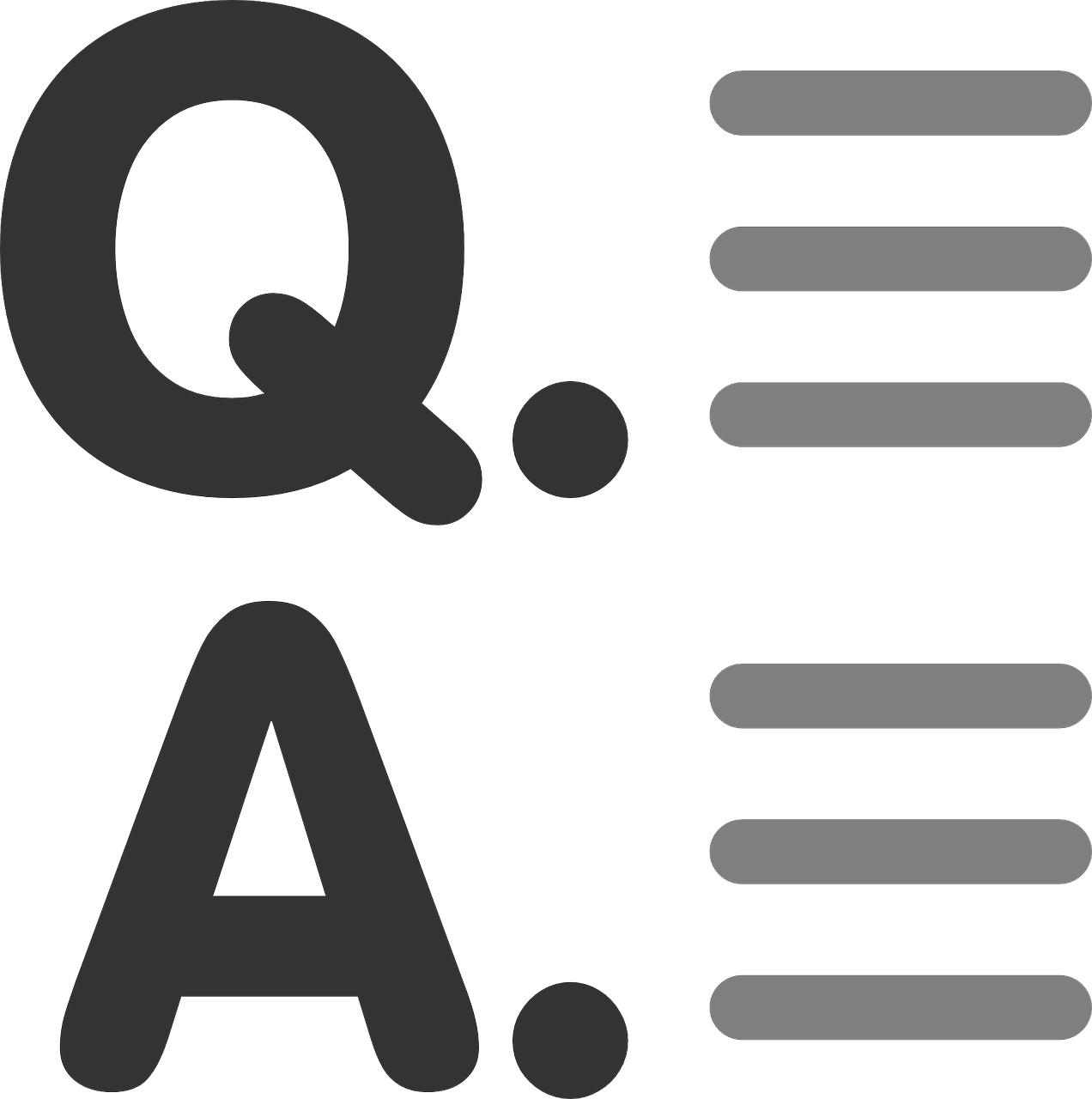In June 2007, in Aptos, California, 16 of CustomerThink’s global advisors gathered for our annual Retreat. Each year we get together to discuss the top industry issues, how we can collaborate with each other and how to add value to this wonderful community.
In one exercise, the advisors broke up into groups, based on their field of expertise, to define how leaders viewed customer-centricity, based on their job function.
Here’s an outline of how one advisor group at the Retreat defined customer-centric business, from the chief marketing officer’s perspective.
Definition:
Customer-centric marketing raises awareness and optimizes appeal informed by customer intelligence.
Activities:
Research and development informed by customer intelligence
Research segments and needs/expectations of target audience
Determine products and services
Develop messaging
Listen to response/engage in conversation and close loop
Measurements:
Customer-Centric ATTITUDE Business Results
Awareness Attract
Consideration Grow
Intent Retain
Recommend Winback/problem management
This is just a draft, open for discussion in our community.
What’s your take on what customer-centric marketing is, including the activities and measurements needed to be successful?
Please add your thoughts below, and together we’ll make this a meaningful and useful definition for business leaders.
Thanks!
Bob Thompson
CustomerThink Founder
Jonathan Narducci
July 13, 2007
First, what’s customer intelligence?
Bob,
First of all, I believe that the definition of customer centric marketing has to have a definition of customer intelligence. Today’s customers are more and more looking for unique solutions to their issues, problems, challenges and achieving their goals. Today’s customers are expecting high performing value propositions geared to making their business or “lives” successful and are quick to search the myriad of competitors available when they do not perform as expected.
Competitive intelligence has to point to these unique needs and proposition performance expectations. Customer intelligence comes from three major sources:
First, from transactional data that comes by way of sales making calls, customers buying something from the vendor or acquired from other touch points such as service and support. It’s the data in the CRM cache that’s analyzed for customer characteristics that help marketing develop needs and expectations and to make sure customers’ experiences working with the company are positive.
The second source comes from vendors and customers working together on innovation and improvement projects either initiated by the customer or the vendor. Focus groups, project targeted questionnaires, interviews and information gathered from working in close proximity on the projects are examples of the kind of data used to further refine needs and expectations and to ensure the upfront perspective of the customer is included in solutions.
While I believe the first two sources are well known and practiced, the third source is about getting answers to open ended questions that lead to profound knowledge about a company’s customers’ businesses and how they operate to get the results they work for. I believe this is not commonly practiced. This type of knowledge has to be overtly asked for, using general to specific questions, about customers’ objectives, risks, constraints, skills, processes, tools, resources, deliverables, and time categories.
One of the goals is to find opportunities and ideas – glaringly obvious and overlooked up to those that are completely hidden – that can be turned into innovative assets or improvements to existing ones. Another goal is find the reasons that products and related services don’t perform up to customers’ expectations or the vendors’. Correlating results with the transactional data collected from the first two categories can truly pinpoint opportunities for added value.
Once a complete picture of the customer is known then R&D can begin developing the unique innovations and improvements – what today’s customers are expecting – based on complete knowledge as well as defining meaningful customer segments – those based on needs, requirements, challenges and goals.
Comments or questions?
Jonathan Narducci
CornerStone Cubed
Building Customer Powered Value

